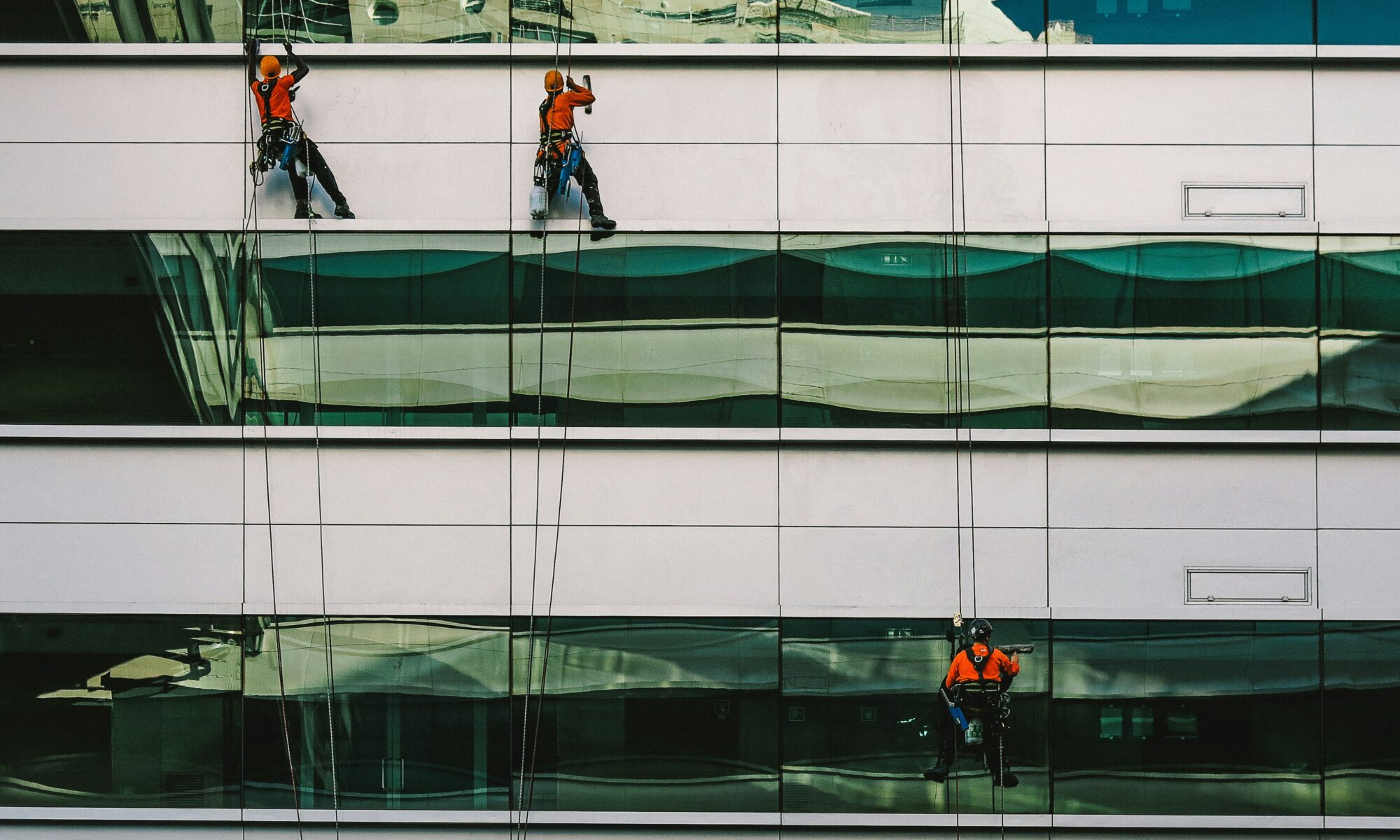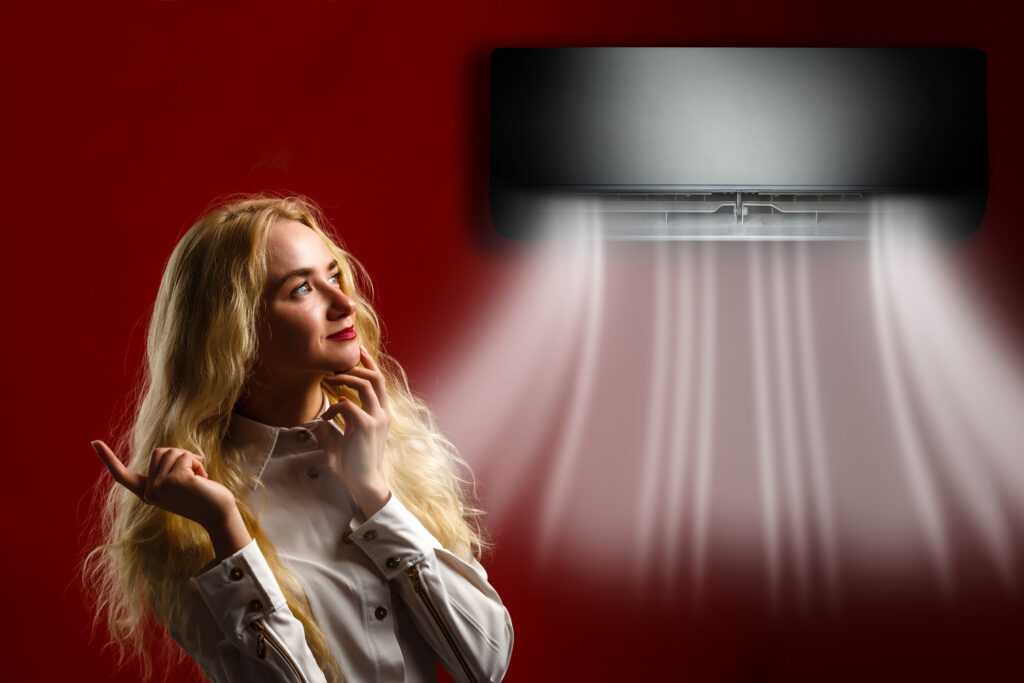The holiday season is fast approaching, and ATLAS, Singapore’s iconic Art Deco-inspired bar, is pulling out all the stops to create an unforgettable festive experience. Known for its award-winning cocktails, world-class design, and unparalleled ambience, ATLAS is ushering in the season with an array of offerings, culminating in a grand ‘Great Gatsby ‘-themed New Year’s Eve celebration. Here’s everything you need to know about the luxurious events and delights awaiting you at ATLAS this festive season.
A Sparkling New Year’s Eve: Step into the Roaring Twenties
On December 31st, ATLAS will transform its stunning interiors into a scene from F. Scott Fitzgerald’s The Great Gatsby. Guests are invited to don their finest 1920s-inspired attire and immerse themselves in a night of glamour, music, and culinary indulgence. The event promises five hours of free-flowing cocktails, champagne, and exquisite small bites, all served in the bar’s opulent Art Deco surroundings.
The curated menu features ATLAS classics alongside exclusive Philipponnat Royale Réserve Brut Champagne and Kaluga Caviar for those seeking to elevate their experience. Live DJ sets will keep the atmosphere lively, making it the perfect way to welcome 2025 in style.
Event Details:
- Date: December 31, 2024
- Time: 9:00 PM to 2:00 AM
- Price: $288++ per person
- Reservations: Open now on the ATLAS website

Festive Cocktails and Culinary Creations: A Seasonal Delight
From December 2nd, ATLAS’ award-winning bar team will offer a special menu of festive cocktails crafted to capture the essence of the holiday season. Highlights include:
- Snowfall Sphere ($25++): A refreshing concoction of London dry gin, fino sherry, spiced apple, and honey, topped with Earl Grey foam.
- Fireside Nightcap ($25++): A warm and nutty mix of bourbon, hazelnut, toasted raisin, and cinnamon, evoking the flavors of Christmas.
These drinks are paired with decadent seasonal bites such as:
- Chipotle and Bourbon Baked Oysters ($38++ for four pieces) are a smoky, flavorful treat perfect for the season.
- Christmas Sticky Date Pudding ($18++): Served with clotted cream ice cream, candied orange, and currants, this dessert is a must-try for sweet tooths.

Festive Afternoon Tea: Indulgence in Every Bite
Afternoon tea at ATLAS takes on a festive flair throughout December, offering guests a selection of holiday-inspired sweet and savory treats paired with fine teas. This luxurious experience is perfect for those looking to unwind amid the warm, twinkling glow of ATLAS’ festive decor.
Details:
- Dates: December 2nd–31st, Monday to Saturday
- Seatings: 3:00 PM, 3:30 PM, 4:00 PM
- Price: $78++ per person
- Reservations: Available on the ATLAS website

Curated Gifts: Perfect for Cocktail Enthusiasts
ATLAS has introduced a curated selection of premium gift sets this holiday season that make for luxurious presents. Highlights include:
- ATLAS Curated Gin Set, Mirabeau Rosé Gin ($138): Includes a 700ml bottle of Mirabeau Rosé Gin, Franklin & Sons Mallarcon Tonic, dehydrated grapefruit slices, and two pre-bottled cocktails (Pink Negroni and Pink Martini).
- ATLAS Curated Gin Set, Ukiyo Yuzu Gin ($138): Features a 700ml bottle of Ukiyo Yuzu Gin, EB Rhubarb Tonic, dehydrated lemon and lime garnishes, and two pre-bottled cocktails (Southside and Gimlet).
- Three Cocktail Flight ($65): A tasting set of ATLAS Martini, Negroni, and Espresso Martini, allowing recipients to savor ATLAS’ signature drinks at home.
All gift sets can be purchased on the ATLAS website, making it easy to share a piece of the ATLAS experience with loved ones.
Final Thoughts
Whether you’re toasting the New Year in roaring twenties style or indulging in festive cocktails and treats, ATLAS offers a holiday experience like no other. From curated gift sets to luxurious afternoon teas, there’s something for everyone to enjoy. This season, celebrate in style and elegance at ATLAS, where every moment is perfectly crafted.
















You must be logged in to post a comment.